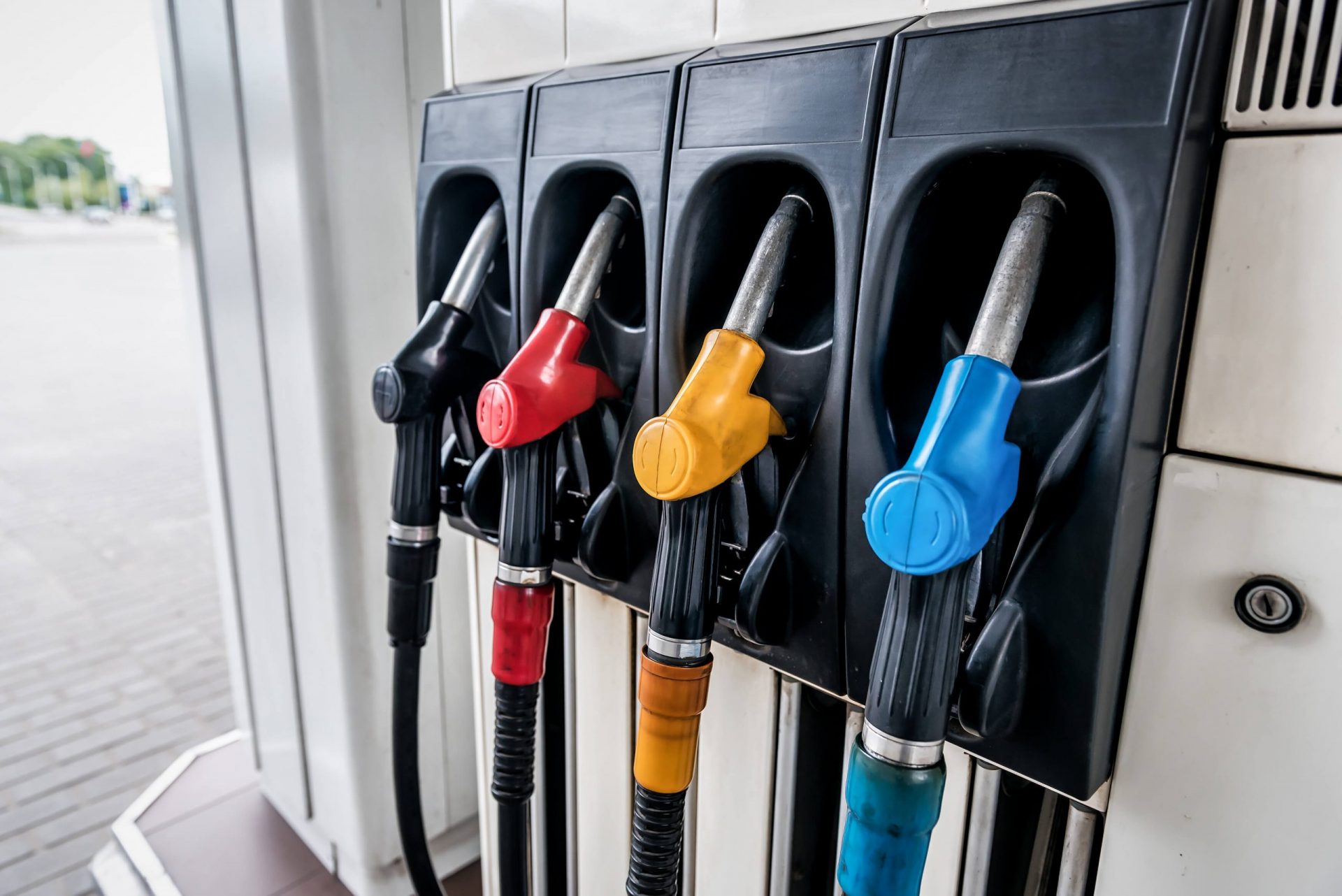

If you’re a fleet manager, you regularly face pressure to boost productivity and reduce operating costs. You also have to deal with ever-changing fuel prices. Fuel is the biggest operating expense for a transportation business. For example, a commercial truck easily consumes more than $70,000 a year of diesel fuel. How can fleet managers get more control over fuel costs when prices are unpredictable?
It’s hard to monitor what you cannot see. Large fleets are especially difficult to keep track of without the use of technology. Fortunately, fleet managers can use efficient fuel tracking technology to their advantage. If you’re considering adding fuel monitoring systems to help you manage your fleet fuel consumption, there’s no better time than now to get started.
When you can monitor your company’s fuel consumption, you gain the power to reduce fuel costs and make positive changes to your operation. We’ll show you how fuel tracking technology can help your company decrease fuel expenses and make less of an impact on the environment. The right management tools promote an efficient fleet which means saving money, happier customers, and streamlined operations.
A fuel tracking system combines GPS technology with fuel monitoring capabilities. A GPS uses satellites to detect a driver’s precise location and sends that information to a computer so fleet managers can access that data. Fuel monitoring technology reports fuel levels via a sensor in the fuel tank. It records important data from costs to consumption. When combining a GPS with fuel monitoring, a fleet manager can determine how, where, and why drivers are using a certain amount of fuel.
As a fleet manager, you need to know how much fuel your fleet is using and why. A fuel tracking system helps you gain insight into driver behavior, vehicle condition, and fleet operations as a whole. Although you probably have an idea of typical fuel costs, nothing beats accuracy. With solid in-depth data, you can find and ultimately solve problems. In short, a monitoring system makes fuel management more efficient than ever before. Let’s look at all the benefits of fuel tracking.
All managers hope for employee honesty. Unfortunately, theft happens — and more often than business owners would like to admit. The truth is, employee theft costs U.S. businesses an estimated $50 billion a year. If you suspect drivers are stealing, fuel monitoring technology is here to help.
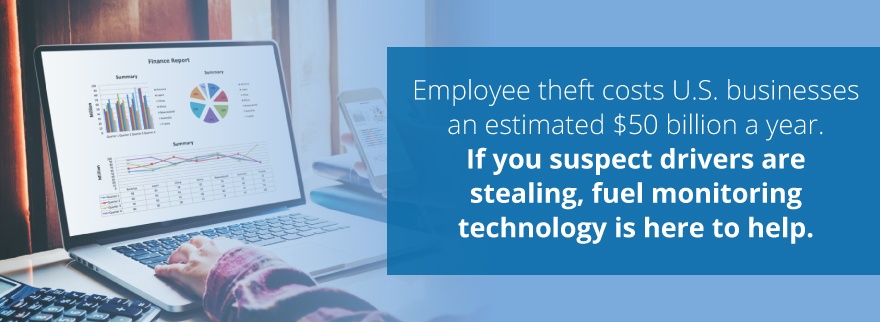
A fuel monitoring system will show you if a driver put fuel in their tank or somewhere else. Or, you’ll find out if they used the company fuel card for non-fuel purchases once you notice a half-empty tank but charges on the credit card. You’ll also be able to determine if they are using company vehicles for non-work purposes, such as to transport friends or finish side jobs.
Fuel tracking tools are especially helpful for companies that allow drivers to take their work vehicles home, as drivers might be using the company vehicle off the clock. Likewise, large fleets can use fuel monitoring to catch theft, which may otherwise slip through the cracks.
In general, a fuel monitoring system will send up a red flag when any suspicious behavior occurs. It’ll help you eliminate employee fraud and save your company thousands of dollars or more.
If you notice some drivers use more fuel than others or are wondering why fuel costs are not matching mileage amounts, it could be due to idling. If you think idling is to blame for excess fuel consumption, a fuel monitoring system will help you know for sure.
Some drivers might idle too long or without good reason. Perhaps they don’t take the effects of idling seriously and simply need a reminder. Whatever their reason for idling is, it’s not something you want to ignore.
According to the U.S. Department of Energy, idling a heavy-duty truck uses up about 0.8 gallons of fuel per hour. Trucks usually idle for about 1,800 hours a year, which uses about 1,500 gallons of fuel. Overall, idling costs the U.S. about $3 billion annually.
Idling is also bad for the environment and is even illegal in some states and cities. Rest-period idling causes about 11 million tons of carbon dioxide, 400 tons of particulate matter and 55,000 tons of nitrogen oxides a year, exposing drivers to harmful emissions and also contributing to climate change and reducing the local air quality.
Lastly, idling puts twice the amount of wear and tear on a vehicle. This can increase maintenance costs by almost $2,000 a year and shortens engine lifespan.
You can monitor idling time and fuel usage with tracking technology and ask drivers to consider how they can reduce idling without sacrificing comfort, safety or productivity.
A fuel tracking system will point out drastic drops in fuel levels. This might indicate a fuel leak or other mechanical issue in need of repair. You’ll also see if your odometers and hubodometers are in good shape, or if some drivers let their fuel tanks get too low before they refuel, which could lead to costly fuel pump damage. With this knowledge, you can make repairs before they lead to bigger issues, savings thousands of dollars in the end and preventing downtime. Consider that just one hour of downtime in the transportation equipment industry costs a company $50,500. Downtime is definitely something you want to avoid.
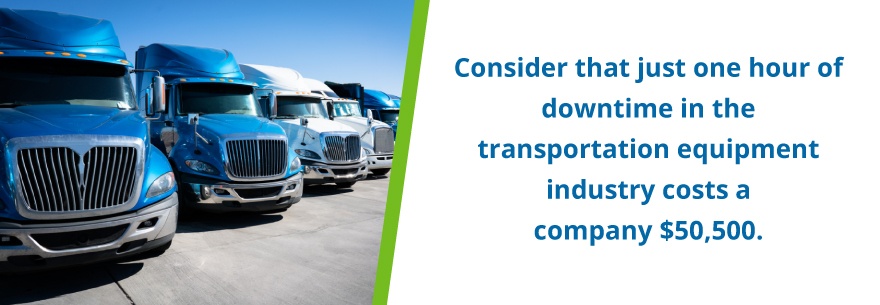
Preventive maintenance — like flushing out fuel systems, checking tire pressure and cleaning air filters — increases gas mileage and helps vehicles run at their best.
Some drivers might drive too fast and burn up fuel quicker than others. A fuel tracking system can help you determine if speeding is a common occurrence within your fleet. According to the Environmental Protection Agency (EPA), gas mileage quickly decreases when you drive over 50 miles per hour.
Aggressive driving, including rapid acceleration and braking, also affects fuel consumption and lowers gas mileage by about 15% to 30% at highway speeds. Fuel tracking can help you determine if it’s time to talk with drivers about aggressive driving and speeding to see if its the root of a fuel-consumption problem.
You might not have paid much attention to a driver who frequently takes different routes in the past, as long as they deliver the services or products on time. However, some routes are simply more efficient than others. Just as driving too fast burns more fuel, driving too slow also burns fuel because a vehicle has to work harder to keep going. If a driver chooses curvy or hilly roads unnecessarily, they might consume more fuel than if they stuck to regular routes. They might also be going out of the way and burning fuel with the extra miles.
By monitoring fuel levels, you can detect if a driver is consuming too much fuel by taking poorly-planned routes. This gives you the opportunity to train drivers about the importance of fuel economy.
Instead of guessing how much fuel is needed to get a job done, fuel tracking helps you predict future fuel usage. You can collect accurate, real-time data, store data for future reference, easily create reports and more. When you know how much money you need for fuel, you can prepare a budget that helps you reach company goals with more confidence. You’ll also know where to send drivers for fuel because you can easily keep track of the places with the best fuel prices.
A lot of companies are still discovering fuel monitoring systems and typically have been slow to adopt such tools. If you use fuel tracking technology, you’ll be saving money where competitors are not. You can use that money to improve your bottom line rather than letting it go to waste on excess fuel consumption.
The first step to improving efficiency is to understand what’s slowing operations down. Fuel tracking technology helps you gain control of expenses, spot problem areas in drivers’ behavior and develop the most cost-effective plans. When you know where the company money is going, you’ll know the changes you need to make.
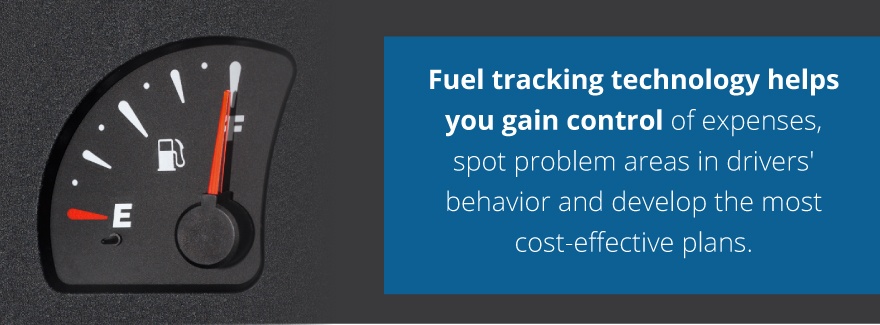
If you know how much your drivers are idling and wasting fuel, you can coach them and work on ways to reduce idling. This, in turn, helps you stay compliant with emissions standards. When you’re compliant, you’re up and running. Anything to prevent downtime is a major plus for your company.
This is especially important because some states have cracked down on emissions regulations over the past years. For example, truck drivers in California can get fined thousands of dollars for an emissions violation. In some New York counties, truck drivers can even serve jail time for idling. None of this would be good news for your company. Fuel tracking helps you determine who is idling, where fuel is going and what you can do to stop such behavior.
If you always know how much fuel your drivers have, you can use that information when planning routes and dispatch. For example, if one driver is low on fuel, they’ll have to stop and fuel up, which takes time, especially if they would need to go out of the way. If another driver is ready to go with a full tank, you can send them on the next job instead and make customers happier with fast delivery.
When you know how much fuel your drivers use when taking certain routes, you can use this information to plan jobs for higher efficiency. You can choose better routes or use the data to consider ways to combine tasks in one trip. With fuel tracking technology in your toolbelt, you’ll reduce wasted fuel, time and money.
Managers can become overwhelmed with fuel receipts, invoices and other paperwork. If you have fuel tracking technology, you’ll spend a lot less time organizing paperwork and have more time to focus on improving your company’s efficiency. Fuel monitoring systems make recordkeeping easy and store important data.
Also, some businesses may be able to get tax deductions through the Internal Revenue Service (IRS) for fuel expenses. However, the IRS requires complete and accurate recordkeeping to allow deductions. Fuel tracking technology makes this step simple. If you use fuel records for tax deductions, you’ll especially appreciate an organized digital system.
With more accurate fuel reading, you might notice fleet vehicles consuming more fuel than the company can afford. With this knowledge, you can choose to upgrade the fleet with more fuel-efficient vehicles. Maybe you’ll decide to downsize if some of the larger vehicles are unnecessary. According to the EPA, switching to a higher mile-per-gallon vehicle can reduce fuel consumption by 10%.
Fuel monitoring might also alert you to overloading. Heavy vehicles consume more fuel, pose safety risks and puts wear and tear on a vehicle. Vehicle weight reduction can reduce fuel consumption by 12% to 20%. You might change current loading procedures to reduce fuel costs.
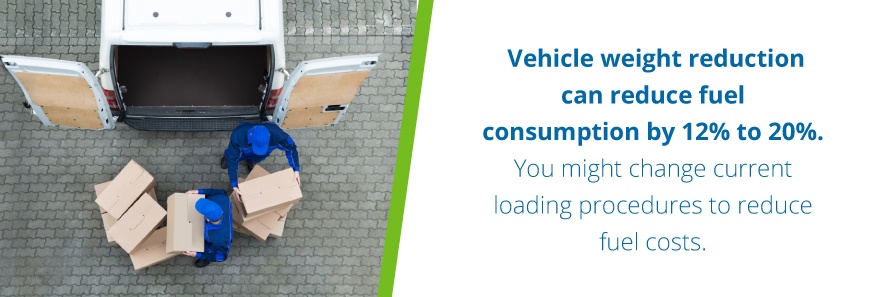
You can use a fuel tracking system to influence driver behavior in positive ways. For example, you might reward drivers based on their miles per gallon. For drivers who do not meet your expectations, you can provide training to help them grow and become more efficient. Drivers will be more motivated to perform at their best when there is an incentive to do so, and they will also change their behavior if they know they are being monitored. Overall, this will boost productivity and possibly morale if you offer rewards to drivers who consider fuel consumption.
Ultimately, it’s up to you how you want to manage your fleet. However, know that fuel monitoring technology is a tool that can help you take control of your company’s greatest expense. If you want to start monitoring fuel consumption today, we are here to help you at Shipley Energy.
Our FUELChex fuel tracking system offers user-friendly, dependable technology to increase efficiency. With FUELChex you’ll get:
FUELChex tracks gallons after fuel is dispensed through our secure web portal. Although it’s a simple process, it’s a powerful management tool.
At Shipley Energy, we are proud to have been serving customers for more than 90 years in central Pennsylvania. We offer commercial and residential fuel and energy solutions for our customers, from on-site emergency fuel deliveries to home propane services. We strive to provide superior service and high-quality products with every order. To learn more about FUELChex, our efficient fuel tracking technology, contact us today.